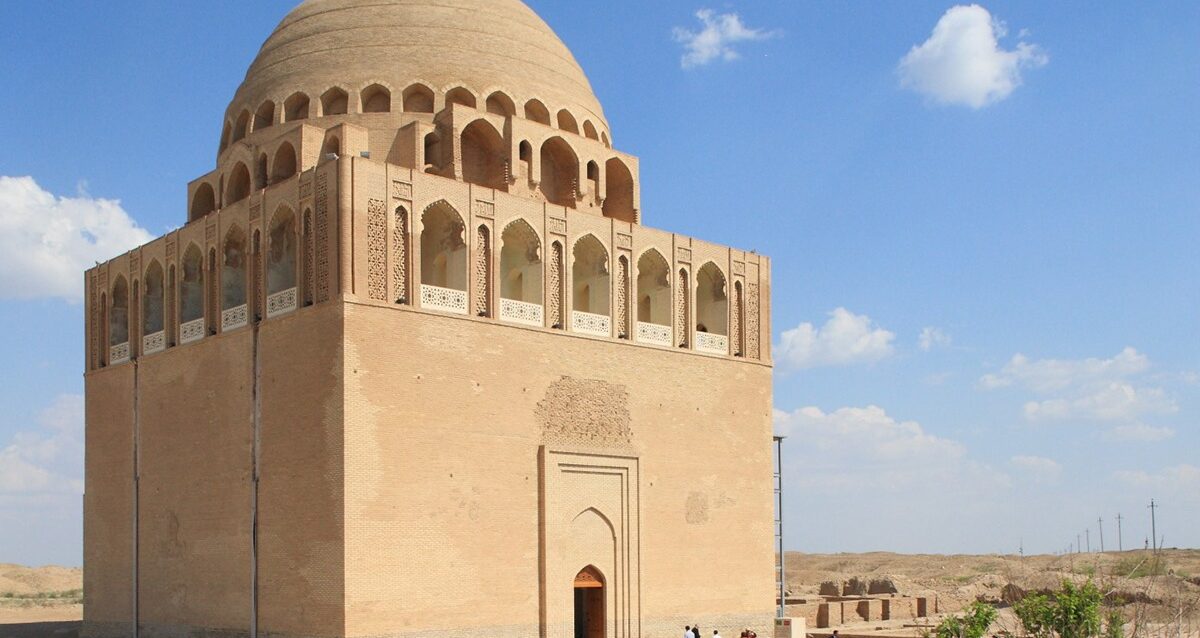Центральная Азия является домом для многих древних городов, возраст которых превышает 2000 лет. Некоторые из них существуют и процветают до сих пор, в то время как другие были заброшены и разрушены. Среди последних – Мерв, один из самых особенных и самых важных. Мерв когда-то был самым большим городом не только в Центральной Азии, но и во всем мире. Здесь жили Омар Хайям, Ас-Самани, Имамаддин Исфахани и другие великие интеллектуалы.
В Мерве есть несколько замков, которые относятся к разным периодам. Они сильно различаются по размеру и уровню сохранности.
• Эйрк-гала (до н.э. VI век до н.э.)
• Замок (до н.э. 3 век)
• Гыз-гала (VI асыр)
• Солтан-гала (XI асыр)
• Абдуллахан-гала (XV асыр)-
• Борнмутская крепость (ок. 18 века)
Большинство из них представляют собой руины, некоторые представляют собой просто вздувшиеся глиняные холмы, и даже в этот момент Мерв продолжает оставаться одним из самых впечатляющих памятников в истории.
Среди наиболее интересных исторических памятников – мавзолей султана Санджара Дар-аль-Ахира (1140 г.), имя которого связано с более ранним периодом Великой империи Сельджуков, а также памятник высотой 40 метров впечатляет. Это средневековое «здание» уникально тем, что имеет купол из двух тонких кирпичных оболочек.
В 1999 году Древний Мерв был включен в список Всемирного наследия ЮНЕСКО. В настоящее время в Мерве проложены асфальтированные дороги для туристических автомобилей, а отдельные здания реконструируются. Мечеть, где работает Юсуф Хаменени, находится в районе, который регулярно посещают паломники из разных уголков Туркменистана.
Поездка в Мерв будет интересна и студентам Великой кубической дороги, и всем историкам. Руины этого древнего города удивят каждого!

